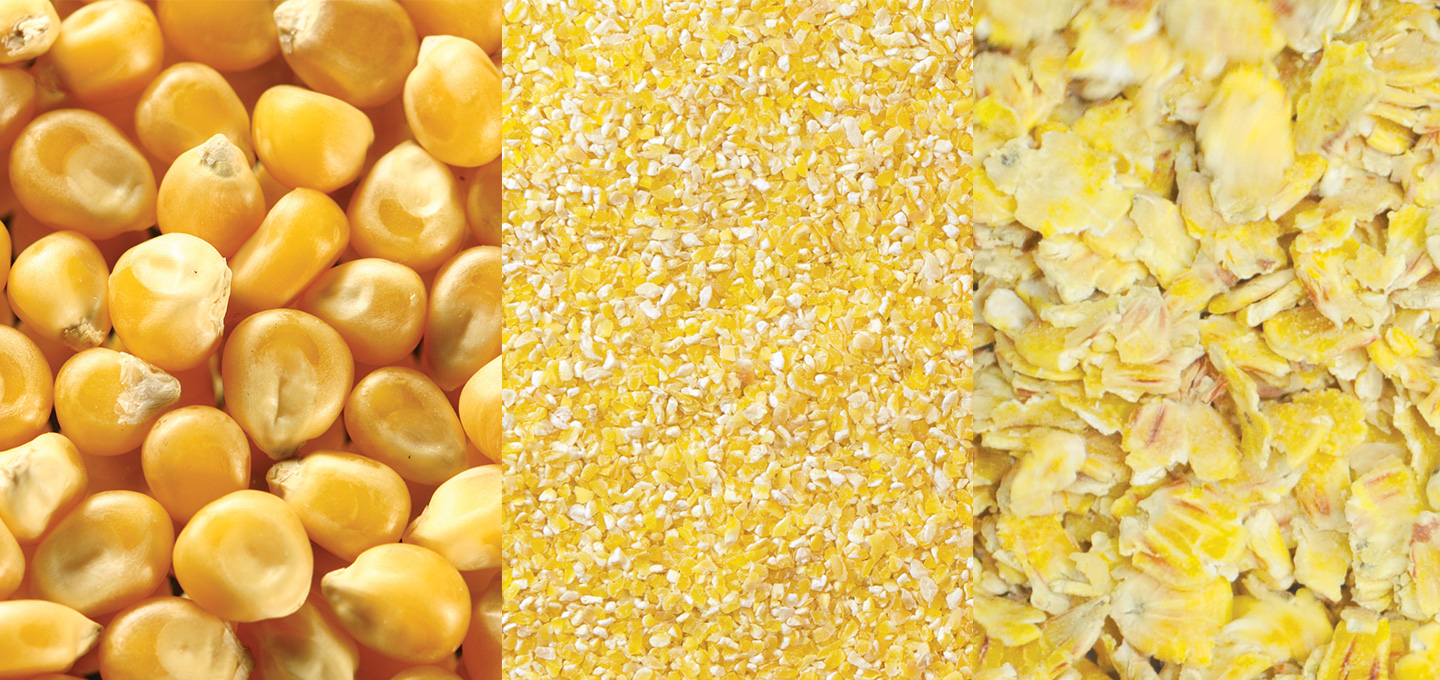THE ROLE OF THE CAECUM AND THE COLON IN THE HORSE’S DIGESTION
The horse being a monogastric herbivore, the digestion of fibre that cannot be broken down by the gastric and intestinal enzymatic system, is thus carried out by a very active and diverse microbiota (made up of bacteria, yeasts, archaea and viruses).
THE INTESTINAL MICROBIOTA
The microbiota transforms the non-digestible fibres into volatile fatty acids, an important energy source for the horse. The intestinal microbiota will also produce vitamins, notably B-group vitamins.
It should be known that microbiota quality will have a direct influence on the quality of digestion, as well as intestinal health. Indeed, certain bacteria have the capability of digesting the long fibres that the horse cannot digest, whilst others are capable of transforming soluble sugars and starch into lactic acid by a fermentation mechanism.
In a number of species, it has been shown that intestinal microbiota quality was related to behaviour, to the metabolism and to overall health.
STARCH AND THE INTESTINAL MICROBIOTA
The horse’s ability to enzymatically break down starch is limited.
It has been shown that the horse’s enzymatic capacities were exceeded when more than 200g of starch per 100 kg live-weight was ingested in one meal, indeed in this case, nearly 50% of the starch isn’t digested in the small intestine1.
However, more recent work has shown that starch was able to modify the composition of the intestinal microbiota, even when fed at a rate of 80-100g per 100kg live-weight per meal2,3.
If the quantity of starch that passes into the caecum and the large intestine becomes too great, bacteria with the capability of fermenting will thus develop: the large amount of lactic acid that will be produced, will lead to a drop in the intestinal pH, irritating for the intestinal walls and harmful to the cellulolytic bacteria.
In the most severe cases, the massive death of these bacteria will lead to endotoxins being released, notably at the origin of laminitis symptoms. This fermentation mechanism is equally at the root of a large production of gas, very painful and in certain cases, fatal (gas, or spasmodic colics).
The symptoms of this by-pass (called hindgut acidosis) are soft and sticky droppings and difficulties in gaining condition, but hindgut acidosis does not necessarily result in symptoms. Thus a perturbation to the microbiota intestinal, although having effects on the overall health of the horse, may go unnoticed.
REVERDY ADVISES
We advise not exceeding 150g of starch per 100kg live-weight per meal in order to avoid the passage of too much starch into the large intestine.
The recommended quantities in the table below have been calculated taking into consideration both the starch provided, as well as the size of the stomach (do not exceed 400g/100kg live-weight of feed per meal).
| Maximum quantity per meal based on the weight of the horse | ||||
| Reverdy feed | 400 kg | 500 kg | 600 kg | |
|
Maximum quantity not to be exceeded (150g starch/100kg LW)
|
Adult | 2.5 litres (1.8 kg) | 3 litres (2 kg) | 3.5 litres (2.4kg) |
| Adult Energy | 2.5 litres (1.8 kg) | 3 litres (2 kg) | 3.5 litres (2.4kg) | |
| Racing | 2.5 litres (1.8 kg) | 3 litres (2 kg) | 3.5 litres (2.4kg) | |
| Training | 2.5 litres (1.8 kg) | 3 litres (2 kg) | 3.5 litres (2.4kg) | |
| Adult Specific Energy | 2.5 litres (1.8 kg) | 3 litres (2 kg) | 3.5 litres (2.4kg) | |
| Breeding | 2.5 litres (1.8 kg) | 3 litres (2 kg) | 3.5 litres (2.4kg) | |
"BUT ALSO… "
To balance and strengthen the intestinal microbiota, it is possible to give FLORA nutritional supplement.
TO LEARN MORE
1. Julliand, V., De Fombelle, A. & Varloud, M. Starch digestion in horses : The impact of feed processing. Livest. Sci. 100, 44–52 (2006).
2. Harlow, B. E., Lawrence, L. M., Hayes, S. H., Crum, A. & Flythe, M. D. Effect of dietary starch source and concentration on equine fecal microbiota. PLoS One 11, e0154037 (2016).
3. Venable, E. et al. Effects of Feeding Management on the Equine Cecal Microbiota. J. Equine Vet. Sci. 49, 113–121 (2017).




